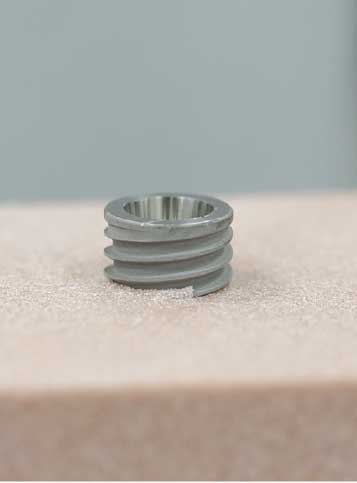Analysis in vitro of the insertion torque of hybrid tapered implants with different types of instrumentation and two clinical cases report

Submitted: 9 August 2018
Accepted: 21 October 2018
Published: 14 June 2019
Accepted: 21 October 2018
Abstract Views: 1913
pdf: 797
Publisher's note
All claims expressed in this article are solely those of the authors and do not necessarily represent those of their affiliated organizations, or those of the publisher, the editors and the reviewers. Any product that may be evaluated in this article or claim that may be made by its manufacturer is not guaranteed or endorsed by the publisher.
All claims expressed in this article are solely those of the authors and do not necessarily represent those of their affiliated organizations, or those of the publisher, the editors and the reviewers. Any product that may be evaluated in this article or claim that may be made by its manufacturer is not guaranteed or endorsed by the publisher.


 https://doi.org/10.23805/JO.2019.11.02.04
https://doi.org/10.23805/JO.2019.11.02.04







